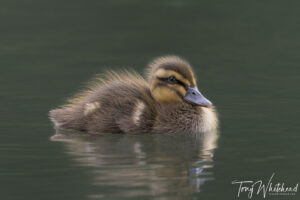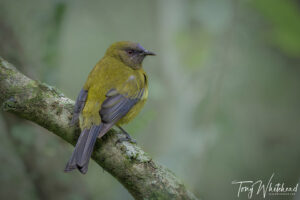Last evening we enjoyed seeing Salt of the Earth, a documentary about photographer Sebastian Salgado.
Salgado studied Economics and would travel with a camera when working overseas preparing economics reports for the World Bank. He found far more pleasure in his images than his reports so, with the support of his wife, Lelia, changed direction and focussed on photography as a social documentary photographer. He covered many appalling events in Ethiopia, Rwanda and Eastern Europe and was emotionally scarred by the inhumanity he witnessed, to the point of stopping photography. His healing came when he took over his family farm in Brazil on his father’s death. The farm had suffered a similar scarring with loss of vegetation and wildlife due to forest clearance and cattle production. Sebastiao, again with his always supportive wife, embarked on a project of replanting thousands of trees on the farm and guided it’s slow return to it’s former self and his return to photography, now documenting the wild places of the world. It speaks to me as does Thoreau, “in wildness is the preservation of the world”. We need to use our humanity to care for man, nature and the world on which we are totally reliant.
Photographically, Salgado is a master of Black and White with his images having an incredible luminosity and depth of tones. His compositional skill and use of pattern is brilliant. My copy of his book “Africa” is a treasured possession and it is lovely to see his talent now portraying natural subjects in his dramatic style.
A visit to the Amazonas Images – Sebastiao Salgado website is well worth it and if you get a chance to see the film I highly recommend it. The trailer can be viewed via this YouTube link.

